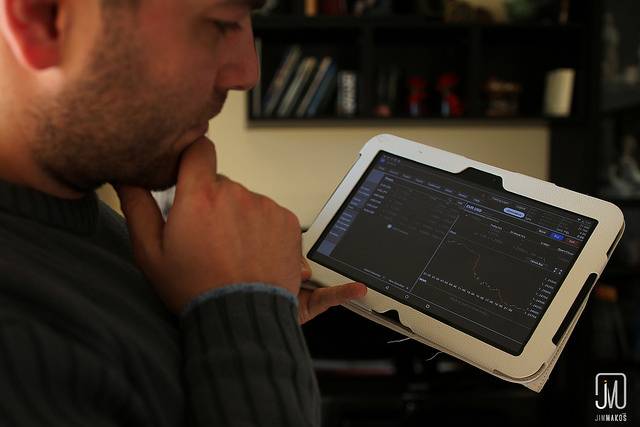
The currency market also called the Foreign Exchange, Forex or the FX maket, is an increasingly popular market for traders looking to make quick profits through currency trading.
It is one of the largest and most liquid financial markets, processing an aveage daily trading volume of more than 5 trillion U.S. Dollars, with the most popular currencies being the USD, the EUR and the JPY.
Currency pairs – Majors, Minors and Exotic
When you’re trading the Forex market, you’re always trading a currency pair. With the EUR/USD, the EUR is the “base” currency and the U.S. Dollar is the “quote” currency. Thus, when you buy the EUR/USD currency pair, you’re buying the EUR, while simultaneously selling the USD (further reading here).
There are 6 currency pairs, accounting for more than 80% of total trades on the FX market. These pairs are called “majors” – they are the following:
- EUR/USD (Euro/U.S. Dollar)
- USD/JPY(S. Dollar/Japanese Yen)
- GBP/USD (Sterling/U.S. Dollar)
- USD/CHF(S. Dollar/Swiss Franc)
- USD/CAD(S. Dollar/Canadian Dollar)
- AUD/USD(Australian Dollar/U.S. Dollar)
In addition to these currency pairs, there are also “minor” pairs and “exotic” pairs. Minors, or “crosses”, are currency pairs with lower trading volume. They don’t usually have the U.S. Dollar, though they often have a “major” currency. Exotics are usually currency pairs with one major and one currency from a smaller economy.
Claim up to $26,000 per W2 Employee
- Billions of dollars in funding available
- Funds are available to U.S. Businesses NOW
- This is not a loan. These tax credits do not need to be repaid
Currency quote and Currency trading – Pips, Spread and Lots
A currency pair quotation will always show two prices: a selling price, or bid price, on the left and a buying, or ask price, on the right. The buying price is always higher the selling price, this difference is called the “spread”.
The spread is the commission a trader pays to the broker – this is one of the primary ways that brokers make money. There are two kinds of spreads: “fixed” and “variable” spreads. Both have their applications – fixed spreads, for instance, are better for news trading, as the high volatility of such a trading strategy would make a “variable” spread more costly. Variable spreads are best suited to lower volatility markets.
Most currency pairs are displayed with 4 decimals, except the JPY, with 2 decimals. When a given pair’s price moves upwards or downwards, the price changes are measured with a one-digit movement in the 4th (or the 2nd, in the case of the JPY) decimal. This 4th4 decimal is called a “Pip”. So, when the EUR/USD moves from $1.1200 to $1.1201, then the currency pair has increased by one “Pip”.
When trading the FX market, you’re trading using “lots”. A standard lot size is 100,000 units of currency, but not everyone can afford to invest in 100,000 units, so many brokers offer smaller lots, such as mini lots (10,000 units), micro lots (1,000 units), or even nano lots (100 units).
What are the most influential factors that impact exchange rates?
1) Changes in the supply and demand relationship
2) Decisions from central banks: refinancing/deposit interest rates, quantitative easing programs, bank reserves requirements, etc.
3) Levels of unemployment, inflation, growth, investment, spending, public debt, current account deficits, etc.
4) Geopolitical risks, as well as trade tensions
5) Fiscal policy and government interventions
6) Market sentiment and speculation



